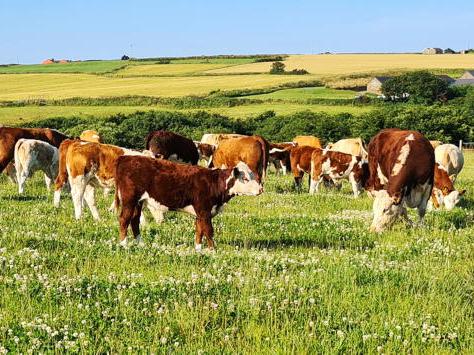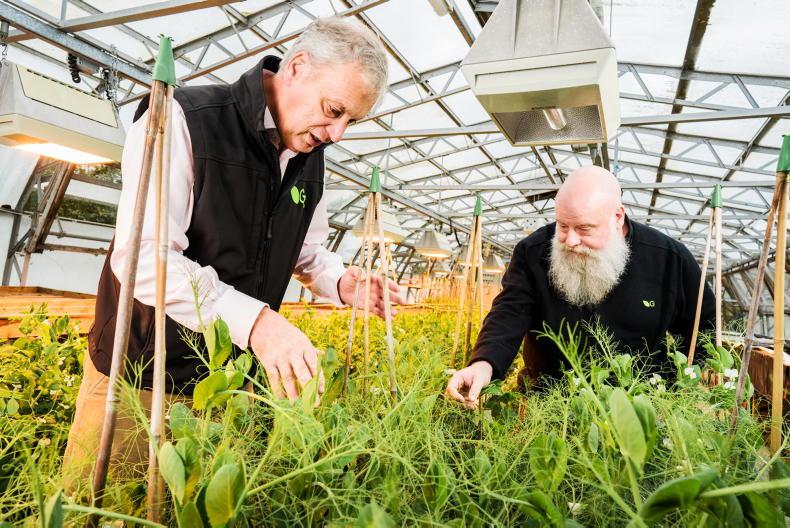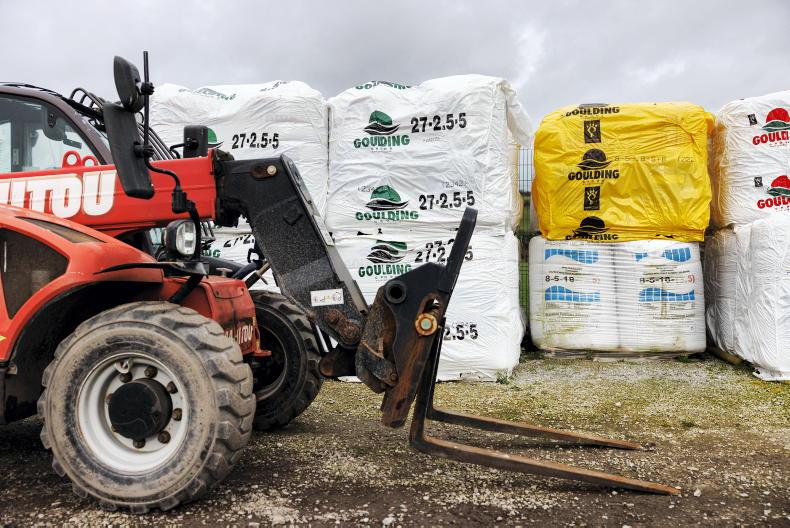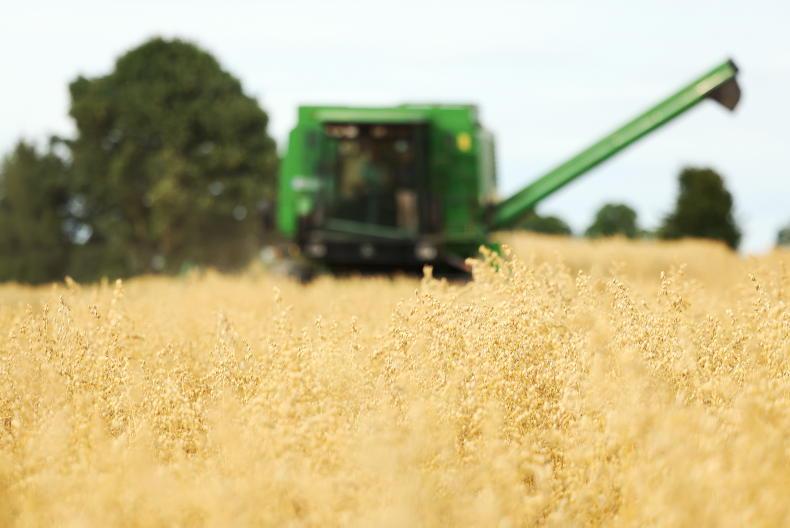Over the course of my farming career, I’ve always looked at how to learn from other sectors mainly within agriculture, but you’d be surprised where you’d pick up a few useful nuggets of information.
Early on, I would have gleaned a good bit from both the dairy and pig sectors, but in more recent years, I’ve found myself learning more practical information from organic sources.
Possibly because there’s a strong element of benefiting from the assets you have, thereby reducing some of your input costs.
Checking the diary for 2021, the first spread of the year took place on 25 March with five 375kg bags of urea
The use of artificial fertilisers has been reduced significantly here over the last seven years and the prohibitive cost will likely see it fall further.
Checking the diary for 2021, the first spread of the year took place on 25 March with five 375kg bags of urea spread across the farm. A higher rate was used on silage ground and that was halved for the grazing area.
Another bag was spread on 13 April and that was it until the start of June.
Peak growth season was in May and nothing was spread. Weather conditions and demand meant there was no need to.
Some silage fields will see slurry only, as red clover was stitched in last autumn
For 2022, slurry will be the mainstay, if not the only, method of fertilising the grazing platform until June and perhaps beyond it. The reseeding approach taken over the last few years was going to result in more paddocks not receiving artificial fertiliser in 2022, regardless of fertiliser price.
Artificial fertiliser will remain in use for silage ground, but maybe at a reduced rate.
Some silage fields will see slurry only, as red clover was stitched in last autumn. Good clover levels should look after much of the grazing ground from then. The challenge will be to find the stocking rate sweet spot.
In an effort to do that, plans have been altered slightly. At scanning back in September, the plan for any empty young cows and a few 18-month-old bullocks was to get them to grass early and aim to finish them in May or June this year.
With fertiliser costs taking such a leap since then, a decision was made to finish in the house instead and save the grass for younger stock.
On the back of the changes mentioned above, I’ve been asked if I would consider converting to organic. After reading more into it and attending the recent webinars on the topic, there are two issues I’m struggling to overcome.
The limited current market demand for organic beef is one, but I have no control on that and it could rise. A far bigger stumbling block I have on the possible conversion to organic is the costs associated with converting the current cattle accommodation.
The cow yard is in a relatively good position, they’re mainly on slats with a straw lie back. Across the feed passage, there’s a slatted area with the silage slab behind.
With little solid lying area present in the youngstock yard, accommodation would be reduced by about 85%
The slab could be roofed to provide a lie-back and a passage way to the slats constructed to access the feeding area. A new silage slab would be required and also a dungstead.
With little solid lying area present in the youngstock yard, accommodation would be reduced by about 85%.
The building issue isn’t insurmountable, but doesn’t make financial sense to me as things stand.
I’ve come to the conclusion that I’d be better off to continue implementing organic practices where possible and save costs and, if policy dictates further conversion in future, I’d be better placed to consider it again.









SHARING OPTIONS